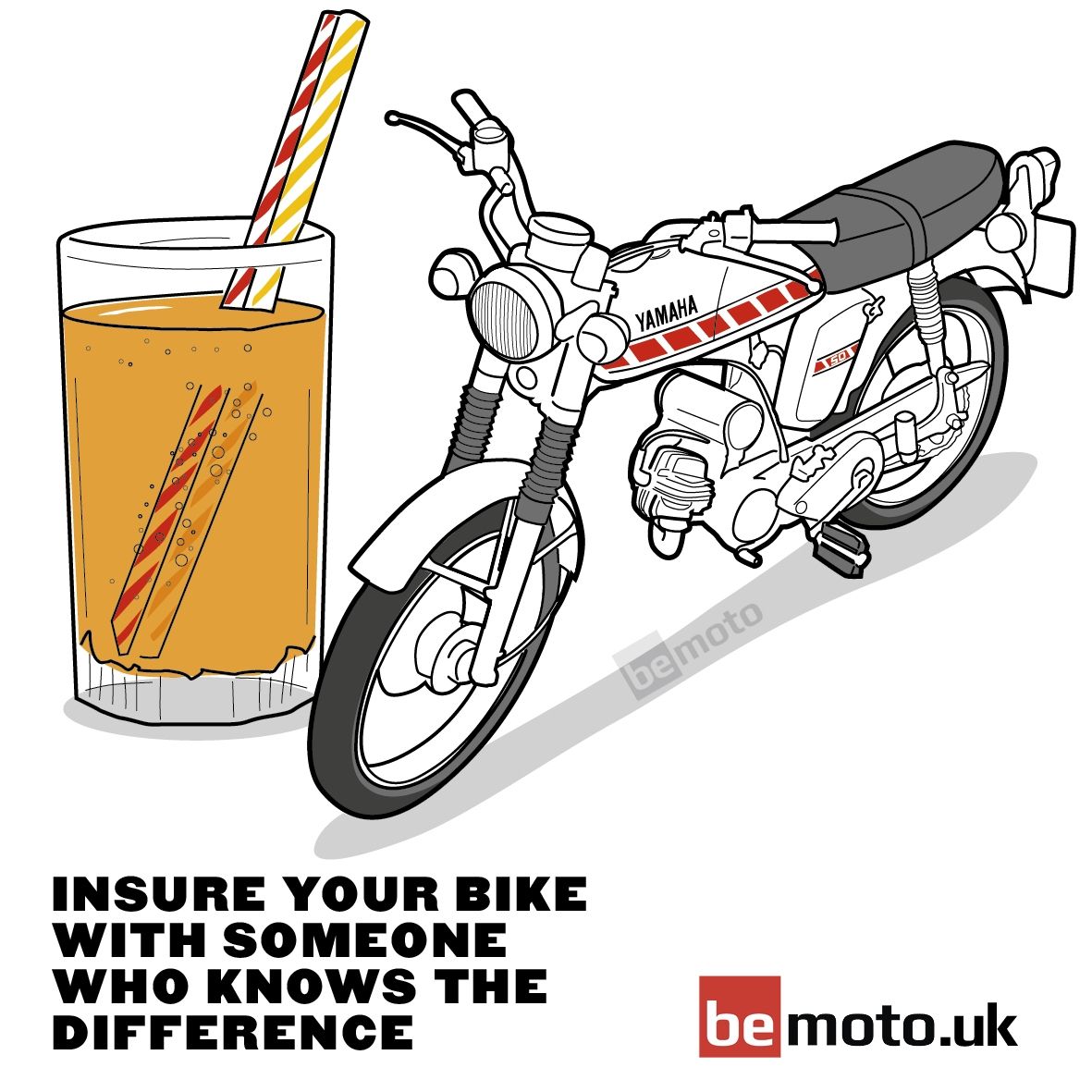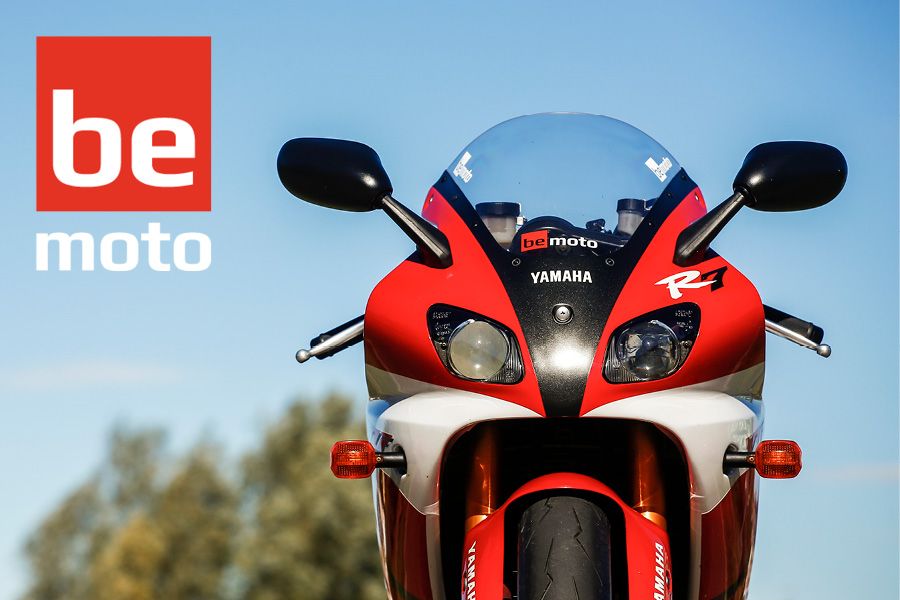Yamaha Motor Company
By BeMoto
A brief history of Yamaha motorbikes
Yamaha initially started out in 1887 making musical instruments, which (if you ever wondered) is why the Yamaha logo includes three tuning forks. Nippon Gakki Company Limited, as it was originally known (later renamed Yamaha Corporation), was incorporated in 1897 and is now the world’s largest manufacturer of musical instruments.
After WW2 the Yamaha Corporation started making motorcycles, launching the YA-1 Akatombo (‘Red Dragonfly’) two-stroke 125cc single cylinder in 1954.The YA-1 was the first Japanese motorcycle that could be started in any gear (not just neutral). Soon after they established a separate motor manufacturing company, Yamaha Motor Company Limited in 1955.
In the UK Yamaha makes up 13% of all registered motorcycles (178,000 bikes), 2nd behind the market leader Honda (270,000) and just ahead of Suzuki (149,000).
See a list of all Yamaha motorcycles on Wikipedia.
The Yamaha YA-1 Akatombo (‘Red Dragonfly’)

Torakusu Yamaha
The companies’ founder, Torakusu Yamaha, was born in 1851 in Nagasaki, Japan. Having studied engineering, he became a watchmaker and entrepreneur, eventually turning his skills to making musical instruments. This required many hours of fine-tuning, hence the three tuning forks in the Yamaha logo.
He remained the president of Nippon Gakki until his death in 1916 aged 64. The company was eventually renamed to Yamaha Corporation in 1987 to celebrate its centenary and commemorate its founder.
Iconic Yamaha Motorbikes
Yamaha has created some incredible motorcycles throughout the years. One such icon is the FS1-E used in our Yamaha Insurance advert below (nicknamed 'fizzy'), a geared moped with a single cylinder two-stroke engine. The fizzy was a huge hit in the 1970's and was very much the dream form of transport for a 16 year old of the time. Today the FS1-E is highly collectible, lusted after by those reliving fond memories of their youth as well as motorcycle collectors. The value of an FS1-E has rocketed in the last decade, with exceptional examples easily selling for £3,000 to £4,000.
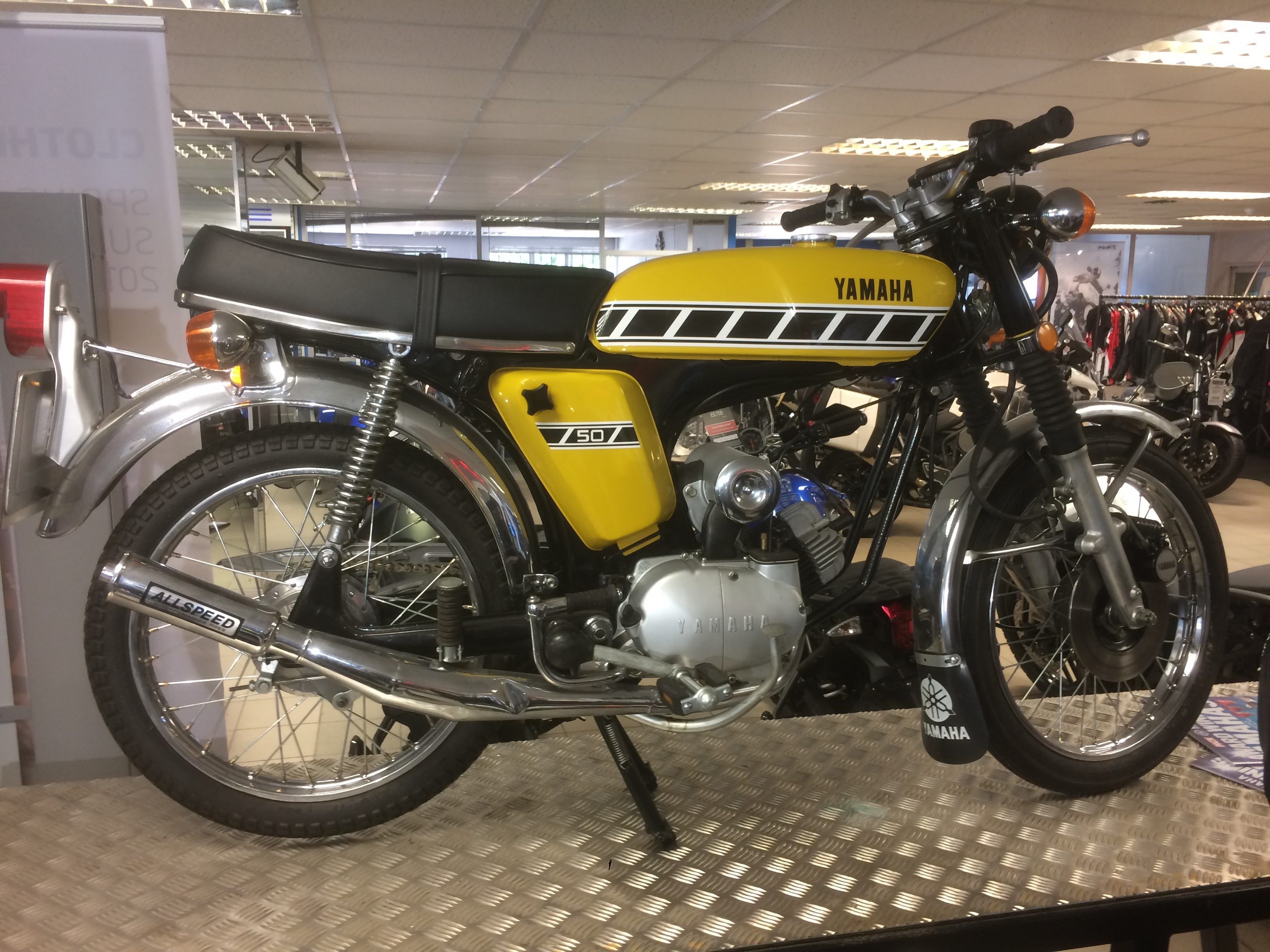
During the early 80's Yamaha produced two iconic mid-capacity two-stroke motorcycles. The RD250LC and RD350LC (‘Race Developed’, ‘Liquid Cooled’) were both a step change in motorcycle technology, both incorporating liquid cooled engines. The RD250LC was extremely popular in the UK; in the early 80's it could be ridden on a car licence if L-plates were displayed! The RD350LC however could only be ridden with a full motorcycle licence. The motorcycles looked almost identical; however the keen enthusiast would know that the RD350LC had two front discs whereas the RD250LC had just a single front brake disc.
Later in 1984 Yamaha introduced the larger capacity RD500. The RD500 took inspiration from the YZR500 MotoGP bike ridden by Kenny Roberts. All RD models remain very sought after today.
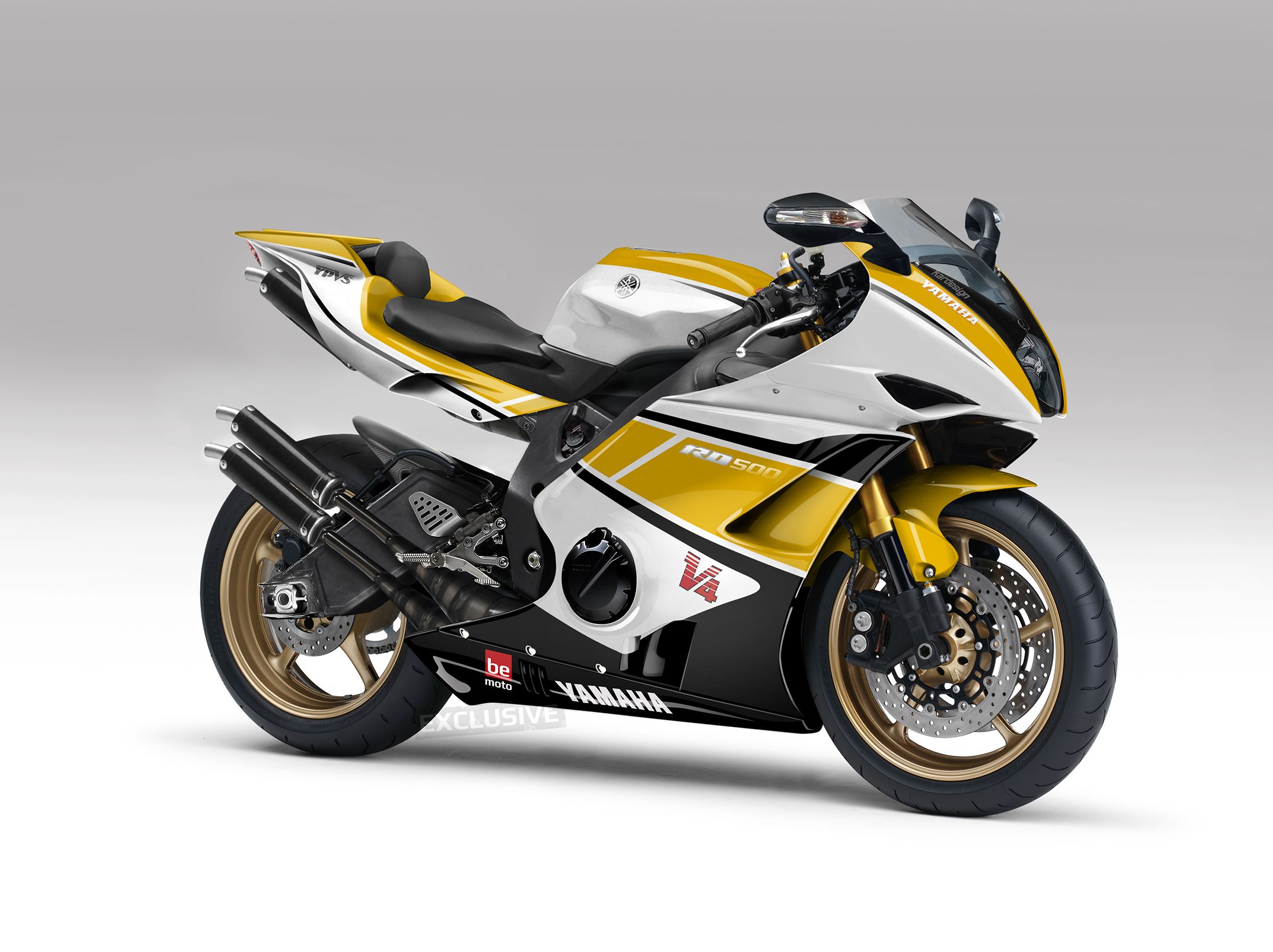
See more of our "Parallel World" RD500 concept bike.
In 1985 Yamaha launched the V-Max ripping up the rulebook for Cruiser styled motorcycles. The first V-Max used a powerful 1,200cc V4 four-stroke engine, rather than the V-twin engine synonymous with Cruiser style motorcycles. The V-Max received huge praise from the motorcycle press due to its sheer speed, however it was criticised for its poor handling and brakes. The V-Max was very much a 'muscle car' of the motorcycle world.
In 1988 Yamaha offered for sale the FZR750R OW01. The OW01 was built purely to race in World Superbikes and to take on the likes of the Honda RC30, however to obtain homologation Yamaha had to sell over 500 to the general public. It is rumoured that just over 190 of these motorcycles were sold in the UK. The OW01 was a serious bit of kit, but at a sales price of more than double that of the FZR1000 it was hardly an affordable proposition to the average rider; appealing more to race teams or the well heeled.
Later in 1999, for exactly the same reason (to race in World Superbikes and the Suzuka 8 hours endurance race) Yamaha offered for sale the 749cc YZF-R7 OW02. It was very clearly a race bike out of the box with 162bhp, no pillion seat, Ohlins as standard and like the OW01 the R7 was hugely expensive at about £22,000 (over £30,000 in today's money). Both the OW01 and R7 are hugely desirable motorcycles by today's collectors.
Check out some OW-02 R7 love in these feature stories:
The Yamaha YZF-R1 (1998)
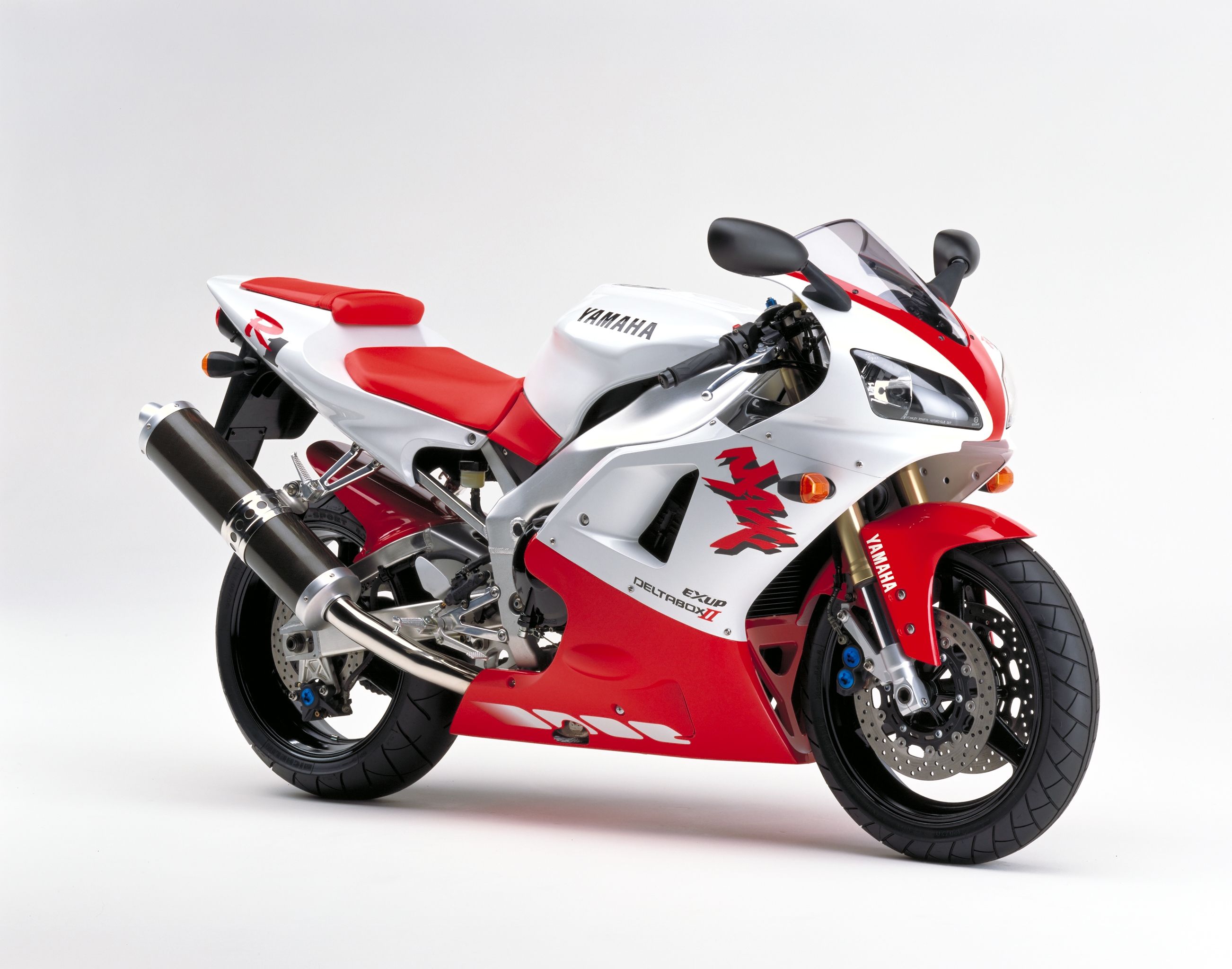
How can anyone forget the Yamaha YZF-R1?
It revolutionised the large capacity Sportsbike sector when it was released in 1998. It was the first Superbike to move to a 1,000cc capacity when the competition from Kawasaki and Honda at the time still used 900cc engines. The Kawasaki ZX-9R used an 899cc engine and the Honda Fireblade used a 918cc engine. The R1 not only had a larger engine and therefore considerably higher BHP than its rivals, but it was also smaller, lighter and nimbler. The Yamaha R1 has continued to evolve over the years and has been one of the top runners in the 1,000cc Superbike market.
The Yamaha YZF-R6 (1999)
Hot off the heels of the R1, in 1999 Yamaha launched its baby brother, the R6, transforming the 600cc sports bike market and evolving over 25 years until Euro emission regulations eventually pushed it underground as a track only supersport bike in 2017. Check out our Frame Spotting: Yamaha R6 feature, looking back on 25 years of the R6 in all its various guises.
The R1M Superbike (2015)
In 2015 Yamaha announced the YZF-R1M. The R1M is a modern showcase of Yamaha's engineering ability. Its sublime engine makes an extremely impressive 197 BHP and emits one of the most glorious sounds of any modern Superbike; a sound very similar to that of the YZR-M1 MotoGP bike ridden by Valentino Rossi and Jorge Lorenzo.
The R1M incorporates one of the most advanced electronic suspension systems, as well as ABS and traction control systems - not to mention a highly advanced data logging system. The R1M was the pinnacle of Superbike offerings when it was launched and was built in limited numbers, meaning it is already a surefire modern classic in the making.
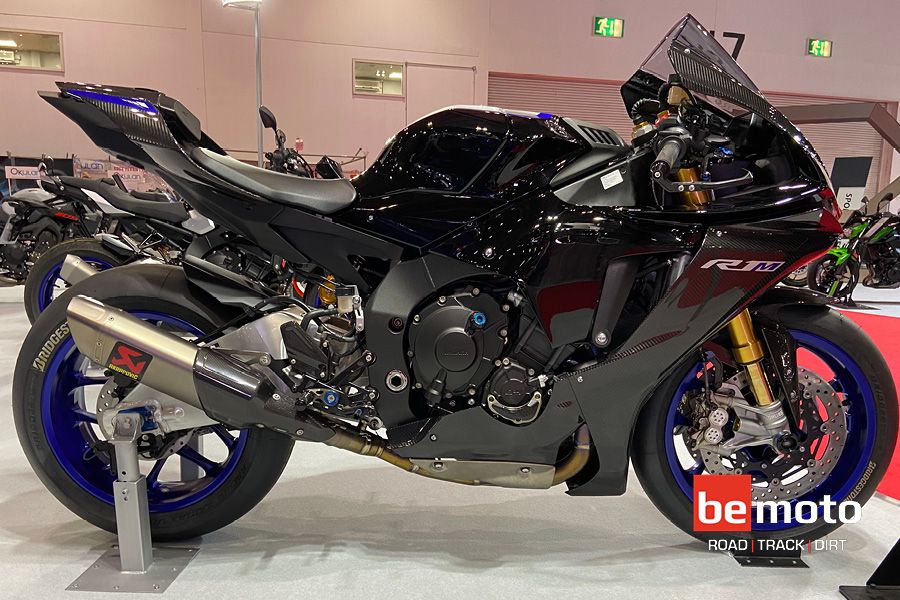
Yamaha Factory Racing (MotoGP)
Yamaha has a long history of GP racing, including ten titles in the GP500 on the YZR500 between 1973 and 2002, ridden by true biking legends; Giacomo Agostini (1), Kenny Roberts (3), Eddie Lawson (3) and Wayne Rainey (3).
The official MotoGP racing team, based in Italy, was founded in 1999 with limited success until 2004 when they were joined by #46 Valentino Rossi (‘The Doctor’). Rossi secured 9 wins in 2004 on the iconic YZR-M1, also winning the MotoGP riders championship. Rossi won 11 races the following season and again took the MotoGP riders championship in 2005.
Impressively, Yamaha Factory Racing won the triple MotoGP titles of rider, team and manufacturer for three years in a row from 2008 to 2010.
Yamaha’s racing pedigree has formed the basis of some legendry and increasingly collectible road bikes like the TZR250 (ridden by Mat Oxley in 1986, it was the first 250cc production bike to lap the Isle of Man TT course at over 100 mph), the RD500LC and the groundbreaking YZF-R1.
British & World Superbikes (BSB and WSBK)
Yamaha have had success in BSB racing, most notably in the mid-90’s with Niall Mackenzie winning three BSB championships in succession on the R7 predecessor, the YZF750 (1996-1998).
Over recent years the R1 has been mixing it up with Honda and Kawasaki, winning in 2009 with Leon Camier, 2011 with Tommy Hill on the unmistakable Swan livery winning the title by six thousandths of a second (an incredible season culminating in a breathtaking dual in the last 3 minutes of the final race between Tommy and John Hopkins for the championship title) and again in 2015 with Josh Brookes on the Milwaukee Yamaha.
WSBK hasn’t been quite so kind to Yamaha, with only one championship win in over 20 years of World Superbike racing (2009 with Ben Spies taking 14 wins on the YZF-R1).
How can BeMoto Bike Insurance protect your Yamaha?
We offer tailored motorcycle insurance for standard and modified road bikes, we also have a range of non-road products, whether you have an old FS1-E "Fizzy" gathering dust in the garage, a YZF250 motocross bike or race-spec YZF-R1 for the track – or even your kids PW50.
BeMoto Insurance Options:
- Yamaha Motorbike Insurance (Carbon Cover or Titanium Cover) - including Multi Bike Insurance
- Yamaha Fire & Theft Insurance for trackday or dirt bikes (off-road)
- Yamaha Trackday Bike Damage Insurance (UK & EU tracks)
Call us on 01733 907000* to get a quality Motorbike Insurance quote for your Yamaha.


